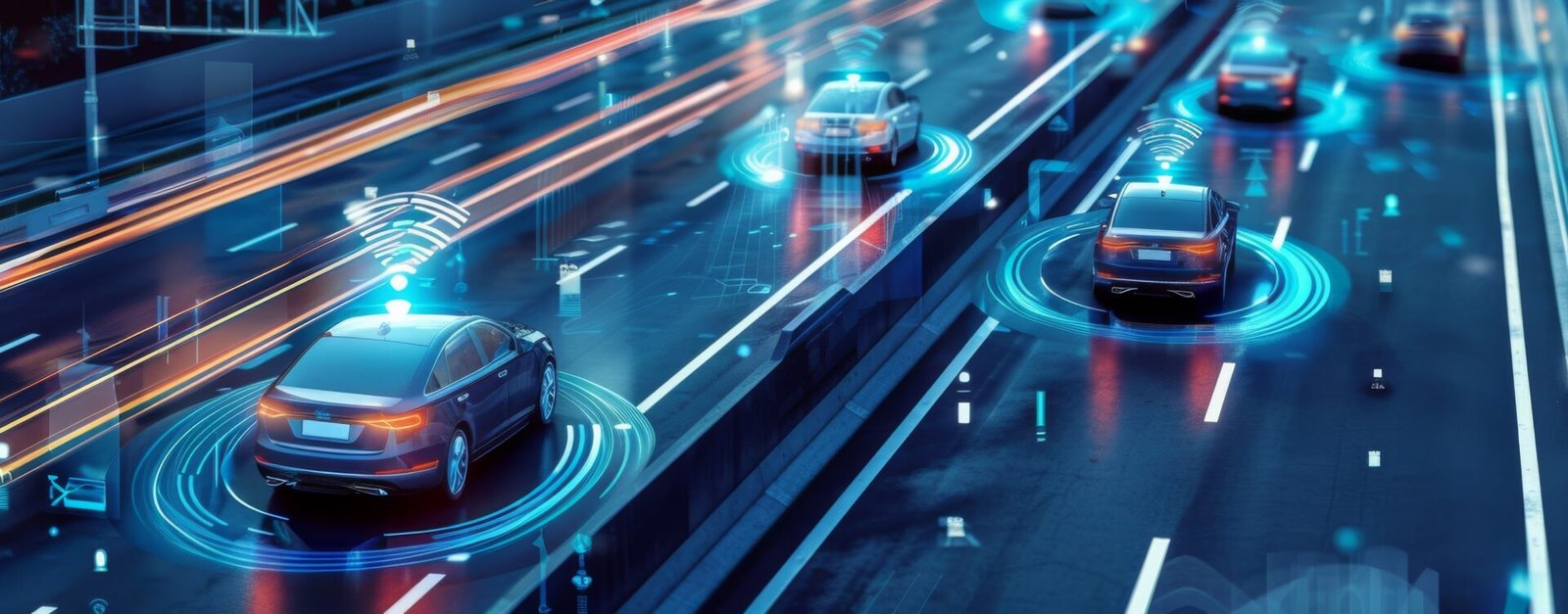The Regulatory Landscape for Autonomous Vehicles

Autonomous vehicles (AVs) have the potential to revolutionize transportation, but their widespread adoption hinges on a robust regulatory framework. Various countries are at different stages in developing and implementing regulations to facilitate AV integration into public roadways.
Current Regulatory Frameworks
In the United States, the National Highway Traffic Safety Administration (NHTSA) has been actively working to modernize Federal Motor Vehicle Safety Standards (FMVSS) to accommodate Autonomous Vehicle technologies. In May 2024, NHTSA reported to Congress on its ongoing rulemaking efforts related to Automated Driving System-equipped vehicles, emphasizing the need to update existing standards to ensure safety and facilitate innovation.
The European Union, through the United Nations Economic Commission for Europe (UNECE), has been developing internationally harmonized regulations for Autonomous Vehicles. The UNECE’s Framework on Automated/Autonomous and Connected Vehicles aims to create a cohesive regulatory environment across member countries.
In Canada, provinces like British Columbia, Ontario, and Quebec have established guidelines for Autonomous Vehicles testing and deployment under specific conditions.
Safety and Liability Concerns
Ensuring the safety of AVs is paramount. Regulators are focusing on developing comprehensive safety standards that address the unique challenges posed by autonomous technologies. Liability in the event of accidents involving AVs remains a complex issue, with ongoing discussions about the responsibilities of manufacturers, software developers, and vehicle operators. In the United States, NHTSA has been actively investigating incidents involving AVs to inform future regulatory actions.
Infrastructure Needs
The successful integration of AVs requires significant infrastructure enhancements. Upgrades such as advanced digital mapping, widespread 5G network deployment, and vehicle-to-infrastructure (V2I) communication systems are essential to support the real-time data exchange that AVs depend on for safe and efficient operation. Governments and private sectors are collaborating to develop smart infrastructure capable of accommodating autonomous technologies.
The Timeline for Autonomous Vehicle Adoption
Projections for large-scale deployment of autonomous vehicles (AVs) remain cautious. Analysts suggest that widespread adoption of fully autonomous vehicles (Level 4 and 5) is unlikely before 2035. However, more targeted implementations of the same fundamental technologies, especially in Level 2+, Level 3, and some forms of Level 4, will certainly happen on a much shorter horizon. This timeline reflects ongoing challenges in technology development, regulatory frameworks, and infrastructure readiness.
While pilot programs and limited deployments continue in select cities, achieving comprehensive integration of Autonomous Vehicles into everyday transportation systems is anticipated to take at least another decade.

